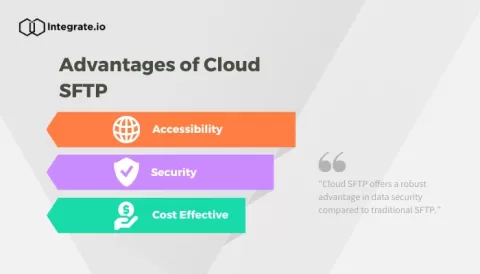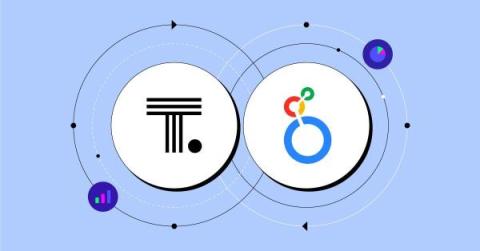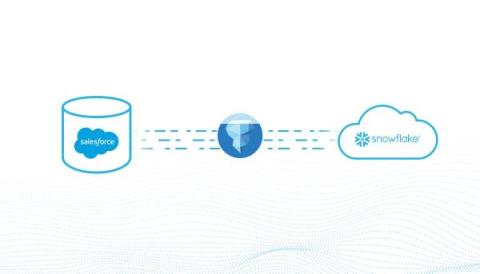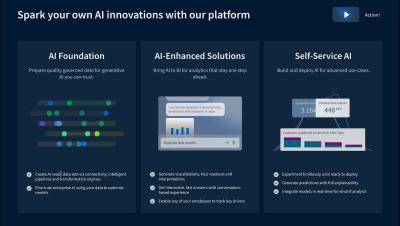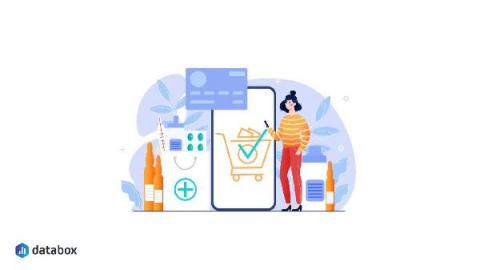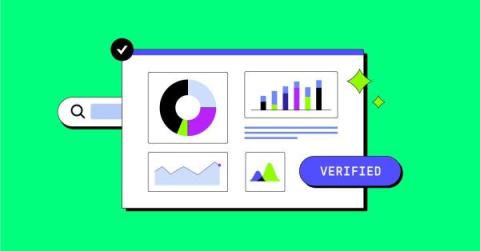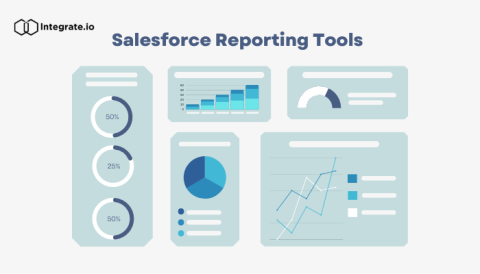Systems | Development | Analytics | API | Testing
Analytics
New Looker + ThoughtSpot Connector: Where semantic modeling meets natural language search
Semantic layers are a game changer, allowing organizations to define metrics and business logic in one, centralized location. Because business users can trust that their data is built on a single source of truth, the semantic layer also empowers self-service analytics. Looker Modeler has become a leader among semantic layers, allowing users to seamlessly layer on top of their business data.
How Fivetran is enabling innovation for European enterprises
Automation, reliability and scale are the seeds for growing innovation.
Power Holistic Customer Insights with Salesforce and Snowflake Data Sharing-Based Integration
Snowflake and Salesforce have built on our existing partnership to unify the full breadth of customer and business data and generate actionable insights for our customers. We are happy to announce the general availability of Bring Your Own Lake (BYOL) Data Sharing with the Snowflake Data Cloud from Salesforce Data Cloud. Organizations can now leverage Salesforce data directly in Snowflake via zero-ETL data sharing to accelerate decision-making and help streamline business processes.
Episode #45 Do More with #qlik Webinar - OpenAI Integration
SaaS in 60 - Expression Generator
Staige AI-Enhanced - Spark Your Own AI Innovations
9 Best Ecommerce Reports to Boost Online Sales (Sourced from 30+ Pros)
Create trusted insights with Verified Liveboards
ThoughtSpot users can easily create content with data using our intuitive, AI-powered search experience. However, business users sometimes find themselves asking a critical question: which content should I trust and use for my specific business use case? For example, if there are ten “Sales Performance” Liveboards created by different authors, you may wonder which is the golden version—the Liveboard that is reviewed, approved, and consistently maintained.


